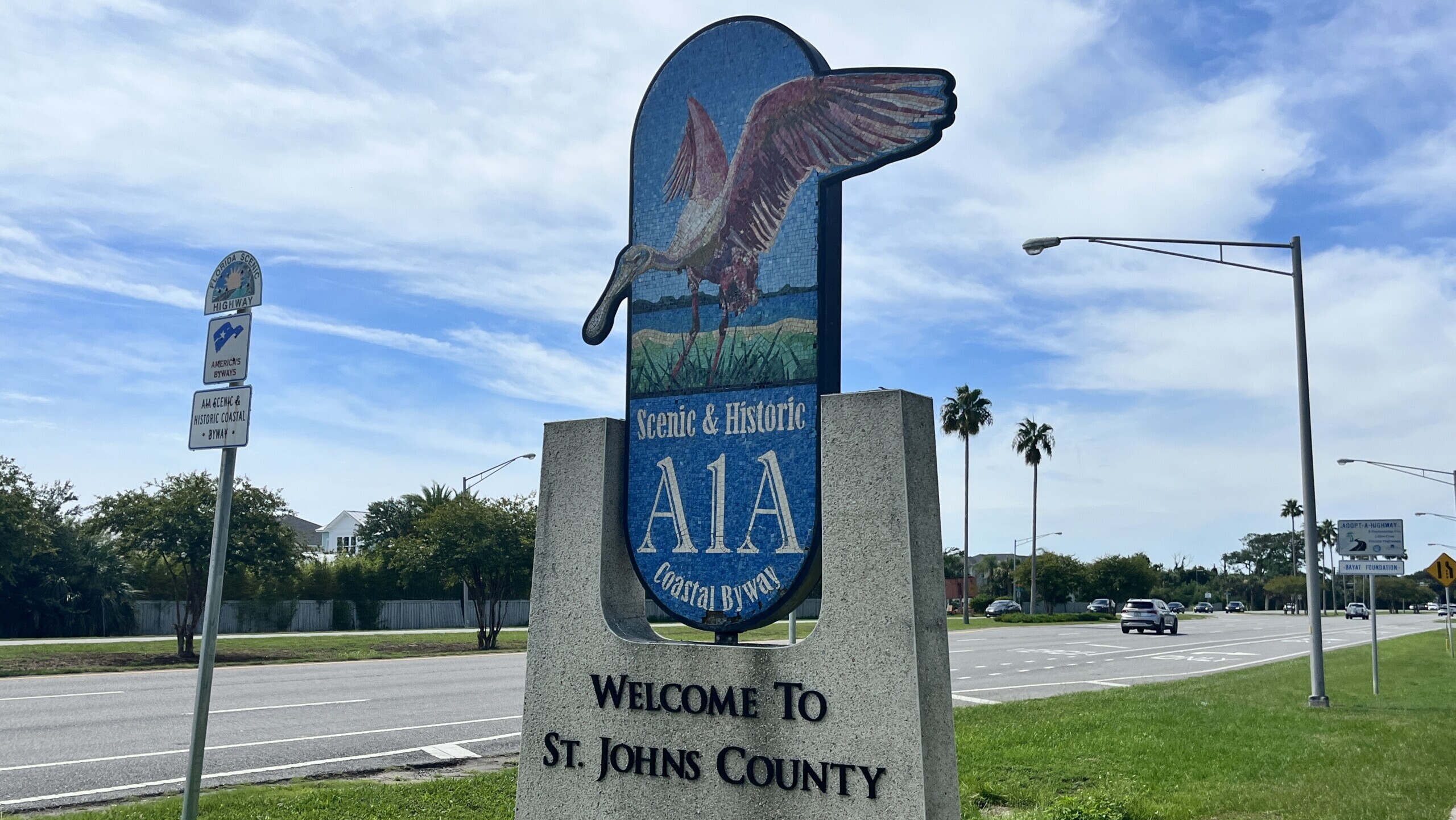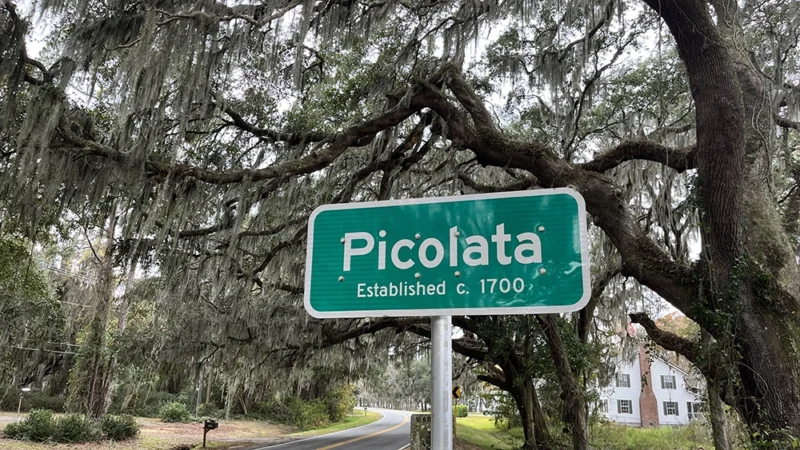St. Johns County commissioners on Tuesday voted tentatively to lower the property tax rate.
The five-member commission approved a rate of 4.5650 mills, ever so slightly less than last year’s rate, even as county administrators warned that public service needs are too vast and cutting taxes would mean losing staff and reducing services.
The tentative millage rate was adopted by a 3-2 vote, with Commissioners Christian Whitehurst, Sarah Arnold and Clay Murphy in favor and Commissioners Krista Joseph and Ann Taylor opposed because they wanted an even lower rate.
Though the rate is lower, because of property value increases, homeowners are likely to see an increase on their tax bills between $80 and $200. That increased revenue will be enough to keep the county’s fire rescue services out of the red, allow the county to set aside $20 million in case of an emergency that the federal government can’t help pay for and fund 64 new hires at fire stations and libraries across St. Johns.
The county’s nearly $1.3 billion budget also sets aside $170 million for capital improvements, including $1.5 million to renovate the county’s old jail.
What’s in a mill?
Property tax rates are measured in mills, or the amount that a property owner pays per $1,000 of their property’s assessed value. A rate of 5 mills, for example, would mean paying $5 for every $1,000 of a property’s value.
St. Johns County’s budget is broken into 12 categories, each with its own millage rate.
All St. Johns County residents pay three of those taxes — the general fund, which pays for public safety and other critical operational costs; the transportation fund; and the county health unit fund. The other taxes are specific to certain geographies.
St. Augustine residents, for example, pay taxes toward the county’s general fund, but they don’t pay for the county’s fire services. St. Augustine has its own fire rescue department.
County Commission Chair Krista Joseph and others in the community had pushed for adopting for the county’s general fund what’s called a rolled-back rate of 4.4180 mills — that’s the millage rate that would keep revenue the same as last year.
Because of rising property values, anything above the rolled-back rate is expected to cause an increase in revenue.
Wade Schroeder, with the county’s Office of Management and Budget, explained that taxing property owners at the rolled-back rate would result in staffing and service reductions.
Instead, the County Commission approved a tax rate of 4.5650, less than last year’s rate of 4.6537, but not quite the rolled-back rate.
While higher than what county staff initially recommended, commissioners signaled their intent to lower the rate further during their budget workshops in September.
DOGE looms large
After President Donald Trump charged billionaire Elon Musk with rooting out spending believed to be unnecessary at the federal level, elected officials at all levels of government followed suit. Gov. Ron DeSantis created his own Department of Government Efficiency modeled on Musk’s, as did the city of Jacksonville.
St. Johns County never created its own DOGE, but the national and state Republican Party’s platform of tax cuts loomed large over decisions about local rates.
Rather than adopting what county staff said was a compromise rate designed to fund essential services but reduce tax increases, County Commissioner Christian Whitehurst led the charge on the decision to start the discussion about the budget by adopting a higher tax rate.
He said that by setting a higher rate now, the County Commission leaves all of its options on the table for the remaining discussions the county will have before it formally adopts its 2025-26 budget by Oct. 1.
With no local option sales tax, and with low gas taxes within the county, Whitehurst said the county has limited options for raising money to fund essential services.
“That all has contributed to some of the funding deficits that we’re seeing in every area of county government. Again, it’s not just public safety, it’s not just transportation infrastructure, it’s not just veterans services, and libraries and parks and rec. It’s also the nonprofits that are getting both DOGEd in Tallahassee and Washington, D.C.,” Whitehurst said. “It’s all the things that would make this community better that we just can’t afford to do. We don’t have a local option sales tax. All we have is our property taxes.”
Joseph, on the other hand, who voted against setting a higher rate, said she worries about residents who may not be able to afford another $100 on their property tax bills.
“We need to make the commitment to the people, because that’s why we’re here. I know that we could be more efficient, and I know that President Trump asked for DOGE and Gov. DeSantis asked for DOGE, and I think we have to follow suit,” she said. “It’s really important to our county that we show that we’re doing what the people want.”
Putting out fires
Of the county’s 12 tax rates, most were set at either flat taxes or the rolled-back rates. The exception was the county’s fire district, which will likely see a tax increase this year.
The County Commission was resoundingly in favor of that increase, because staff warned that not increasing taxes for the first district would lead to a funding deficit — something governments aim to avoid normally, but especially when they need to hire new firefighters to staff four new fire stations in the next six years.
To make up for that increase in taxes, the general fund is set at a rate lower than the flat tax, but still above the rolled-back rate.
Get involved
Adopting the tentative tax rate is just the first step in setting a budget. The county still has several months to formally adopt its spending plan and tax rate, and the first public hearing on the budget is scheduled for 5 p.m. on Sept. 3.
That meeting will be held in the County Auditorium at 500 San Sebastian View in St. Augustine and livestreamed on the county’s website.
This story was edited Sept. 4, 2025, to clarify the tentative budget the county approved.







